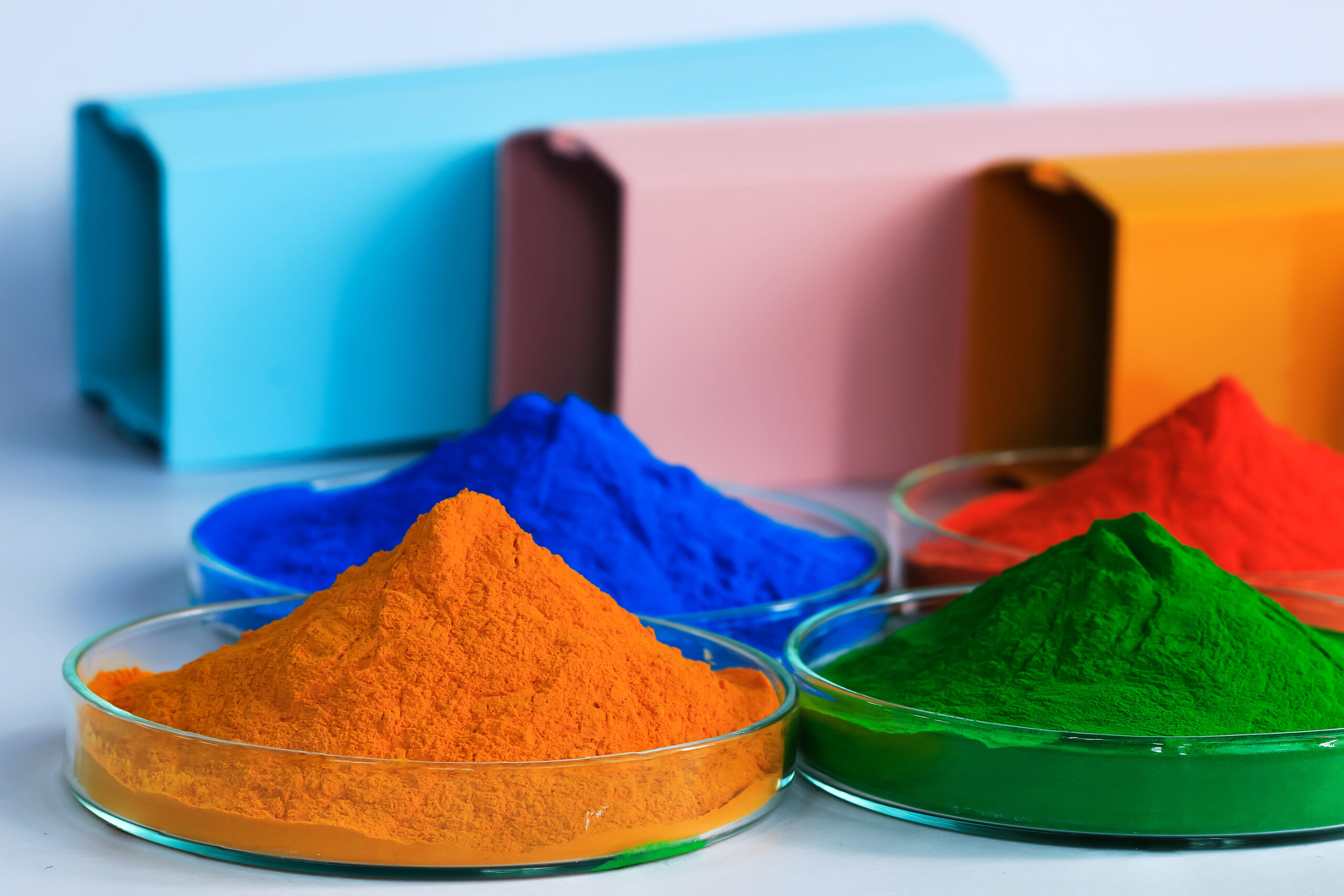Thermoplastics vs Thermoset
There are many types of coatings available today, with powders, liquids, and a variety of materials on offer, but one area where there is significant confusion is with thermoplastics and thermoset coatings.
Because they sound reasonably similar, they are often thought of as the same thing or variations on each other, but the reality is that they are quite different, with diverse properties, advantages and disadvantages. The result are two materials that are best suited to very different applications, and understanding what each one offers is crucial when deciding which to use in a given situation.
What are Thermoplastics?
While plastics represent one of the more common materials used today, not all plastics are the same. For instance, the device you are reading this on probably includes a significant portion of plastic, while in space, plastics protect astronauts in the space station too.
But while plastics can have very different usages and properties, thermoplastics are different to all others in one way, how they respond to heat. Thermoplastic pellets soften when heated, and the hotter they get the more fluid they become. This allows for processes such as dipping to be used to apply them as a coating for objects or to use molds to shape them into specific objects.
As they cool, Thermoplastics regain solidity, so in our examples, they form a hard, shell layer onto the object dipped, or keep the shape of the mold when released. However, unlike other plastics, there is no chemical change in the material as it transitions between solid and liquid, meaning that this is reversible.
Heat the thermoplastic again and it reverts to its liquid form again and can be remolded into another shape or reused in multiple ways. Beyond this unique ability though, thermoplastics offer a number of other benefits that make them suitable for certain applications.
There are several forms of thermoplastics with different properties however shrink resistance and high strength are common among all. Types of Thermoplastics include Polycarbonate, Acrylic, Nylon, Polypropylene, Polystyrene, PVC and Teflon. In addition, thermoplastics are chemical resistant, making them an ideal option for adding corrosion resistance or for use in harsh environments.
Thermoplastics also use an environmentally friendly manufacturing process, and the ability to reuse the material boosts sustainability.
No material is perfect though, and thermoplastics do have some downsides. They are usually more expensive than most alternatives, and they are obviously unsuited to applications where the environment involves high levels of heat.
What are Thermoset materials?
Thermoset plastics are another group of plastics that use heat to mold and cure, but the difference to thermoplastics beyond that is significant. As thermoset plastics cure, polymer strands within the plastic cross-link together which do two things. Firstly, they provide high strength to the cured material, but also, because it is a permanent chemical bond, make the curing process irreversible.
That means that when a thermoset plastic is molded to shape, once it is set, that is the shape it will always have. It cannot be remelted, instead will simply remain unchanged by heat, until it reaches a high enough temperature, and it will char and eventually burn. There are several types of thermoset plastics, including Polyurethanes, Polyurea, Polyester, Vinyl, and Polyimides.
That difference compared to thermoplastics also shapes its other characteristics, with the chemical change giving thermoplastics a range of qualities that can be useful in a variety of situations. Specifically, these types of plastics offer good chemical resistance, high heat resistance, and superb strength, especially in terms of structural integrity when molded to shape.
That resistance to deformation makes thermoset plastics perfect for sealed products, providing a protective shell that adds strength to the overall structure. The heat resistance makes them useful for electronics and appliances too, as well as protective coatings in environments where high heat levels are expected.
In addition, thermosets can be applied in thinner layers than thermoplastics, and offer improved flexibility, useful in some situations. They are a cheaper option than thermoplastics too, and in projects where costs are tight, can make all the difference.
There are downsides though, the inability to recycle makes them a less environmentally friendly option, and it is more difficult to finish the surface than with thermoplastics. Once cured, they cannot be remolded or reshaped in any way, so if manufacturing problems occur, any material on failed applications is wasted.
Because of the high tensile strength, Thermoset materials can have problems in applications that are subject to high levels of vibration too, where the flexibility of thermoplastic materials makes them less affected and better suited.
Which is best?
This depends entirely on the application, with thermoplastics offering a quality finish and excellent adhesion to metal surfaces, good electrical insulation, corrosion resistance, and very good impact resistance, with high levels of chip resistance keeping the integrity of the coating intact even in challenging environments.
Thermoset materials are more resistant against high temperatures, have higher strength, and have more choice of finish. Thermoset is also more cost-effective, but the inability to recycle material does make it less sustainable than a thermoplastic alternative.
Each has its own benefits, and one will be preferable to the other in different scenarios, however as the world focuses more on the environment and sustainability, thermoplastic is likely to become the most popular option in applications where both are suitable.
Choosing the right material for any application is key to long-term success, and with the diversity of capabilities found across the range of thermoset and thermoplastic options available today, there is a material that has the perfect feature set for any situation.
The choice then, between thermoplastic and thermoset is not really between one type of plastic or another, but which individual material is right for the application, regardless of which group it falls into.





